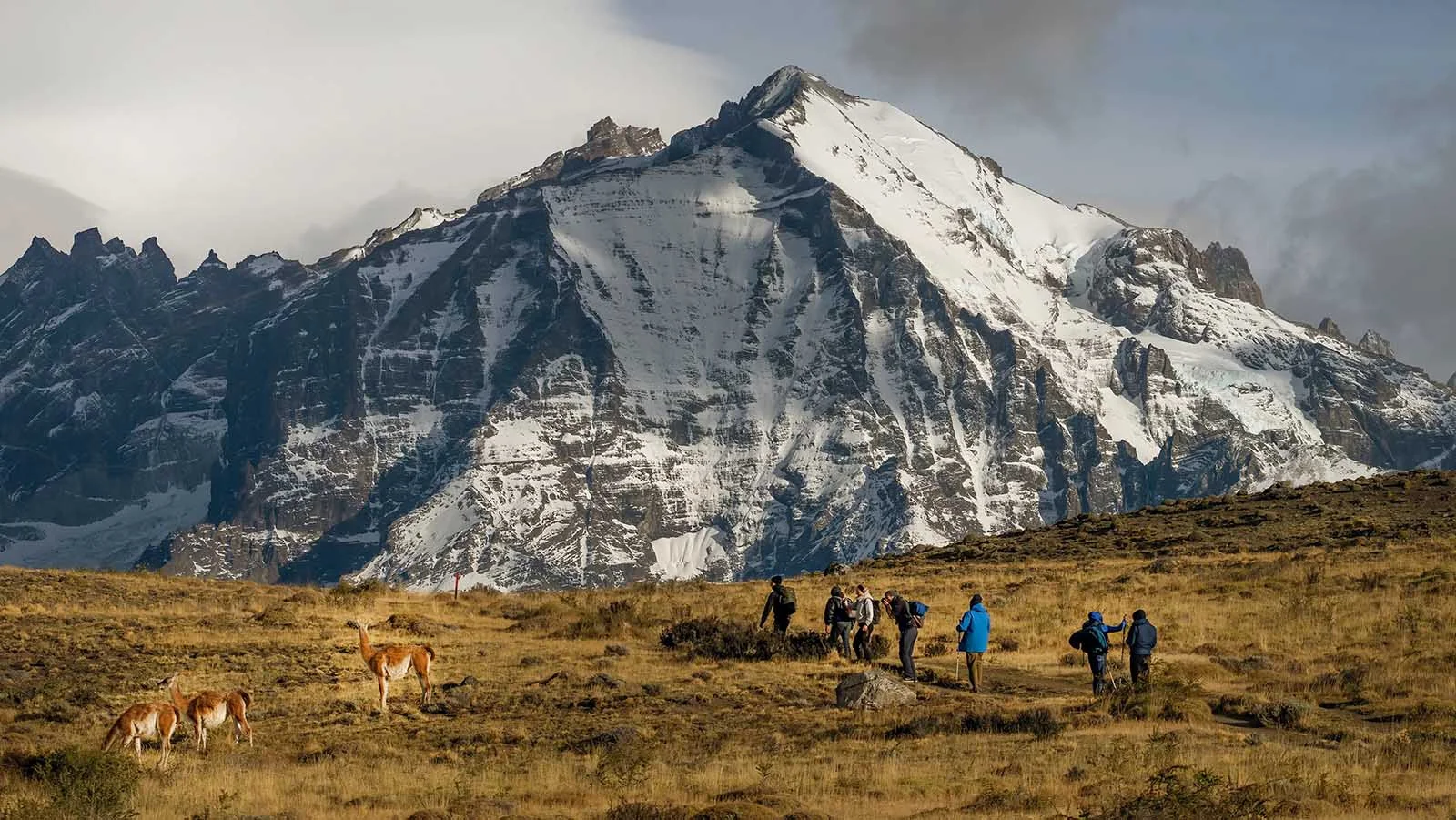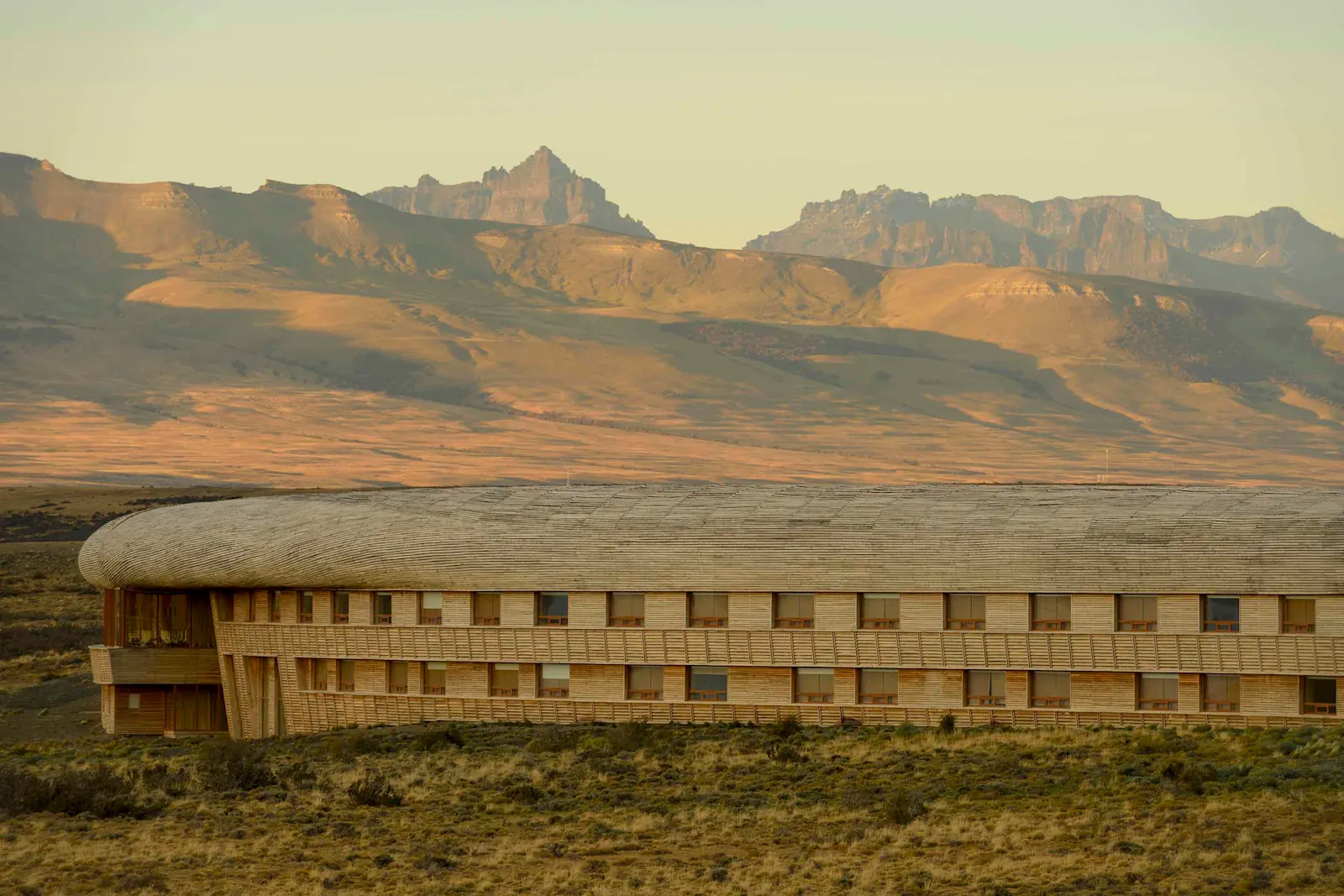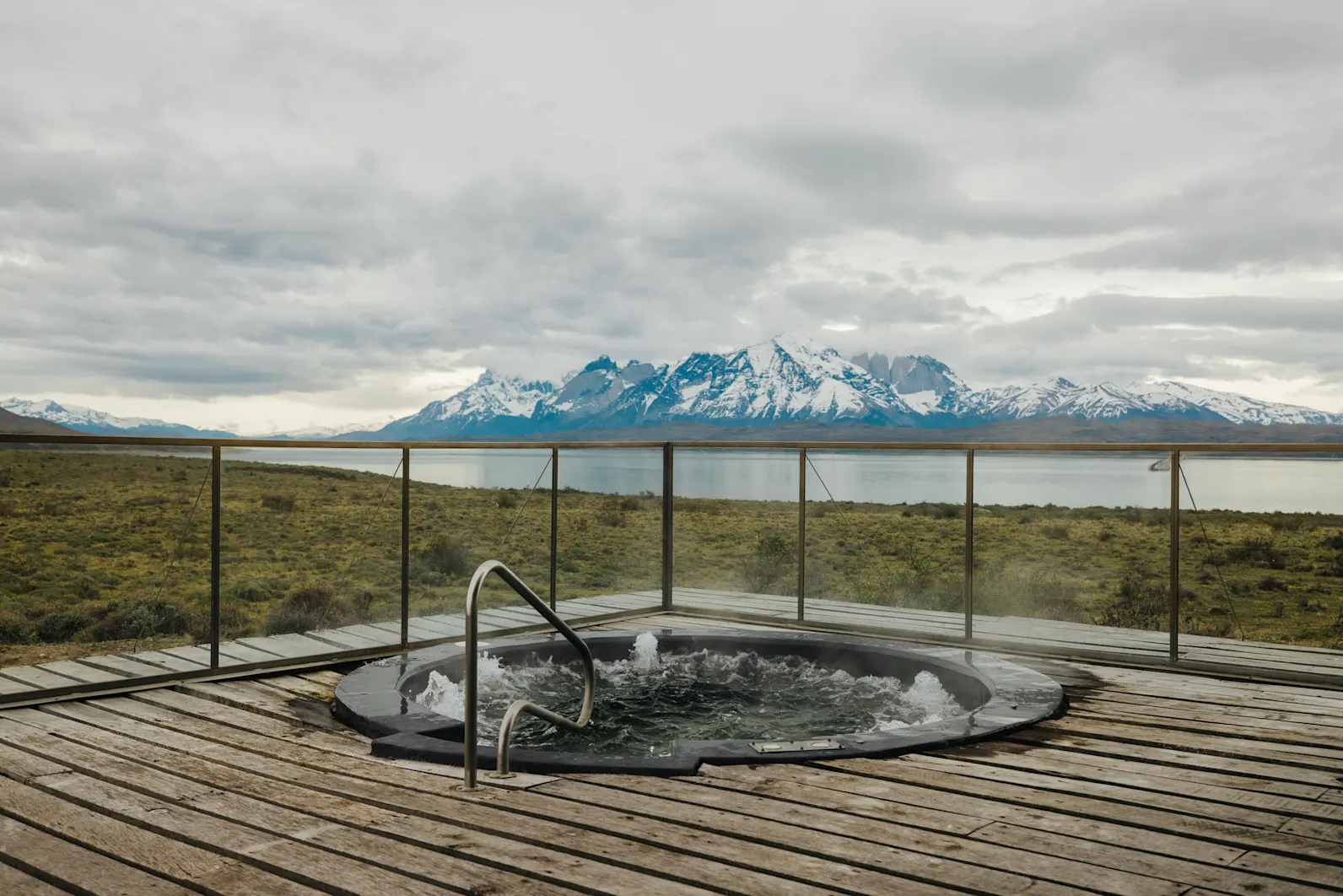
A land of giants so stunning, it looks like it was created by CGI | Travel News
It sounds like something from legend: a far-off land where friendly giants once danced across the plains, said to stand twice as tall as ordinary humans. When Portuguese explorer Ferdinand Magellan arrived on the southern shores of Argentina in 1520, he encountered a Tehuelche warrior so towering he attempted to capture two as evidence of their existence.
The plan failed—neither survived the return to Europe—but tales of these “Patagones” (a name inspired by a 16th-century monster from chivalric fiction) spread quickly. Though their supposed four-meter height was later disproven (they were likely around two meters tall), the stories stuck. And so did the name Patagonia—“land of the giants.”

In Torres del Paine National Park in Chile, signs of these early inhabitants, the Aonikenk or Southern Tehuelche, are still visible. One oxidized handprint beneath a rocky overhang, and large guanaco-hide moccasin prints, add weight to the legend. Today, hikers can follow the Aonikenk Trail—an easy, scenic eight-kilometer route offering panoramic views of the jagged Paine Massif.
During a recent visit, travel writer Julie Miller joined one such hike, beneath skies cleared by the region’s typical passing showers. Condors soared overhead, guanacos grazed nearby, and evidence of a recent puma hunt added to the drama of the windswept landscape.
The hike was part of a stay at Tierra Patagonia, a luxury eco-lodge beside Lake Sarmiento, designed by architect Cazu Zegers to mirror the prehistoric forms along the lakeshore. With sweeping views, expert guides, and included excursions, guests enjoy everything from intense treks to gentle horseback rides.
Miller explored lenga forests near Laguna Azul in search of Magellanic horned owls and views of the iconic towers shrouded in mist. Later, she ventured west to Grey Glacier aboard the Lady Grey catamaran. Though packed with tourists, the cruise offered a humbling encounter with the glacier’s pale blue wall and a curious inhabitant: the flightless Patagonian ice dragon. Just 1.3 cm long, this extremophile insect helps protect the glacier by consuming cryoconite—dust that accelerates melting.

Among Patagonia’s most storied figures are its baqueanos, or gauchos—horsemen of the steppe known for skill and swagger. At Estancia Lazo, Miller met Hebe Webber, an Australian horsewoman who now lives and works on the 13,000-hectare ranch. After years of guiding in Argentina and Guatemala, she settled here full-time in 2024.
Drawn by a love of horses and tradition, Webber now herds cattle, gathers firewood, and cares for over 40 horses. “This land keeps teaching me,” she said as they rode together. “It feels like home.”
In this rugged land of myths, monsters, and monumental beauty, Patagonia continues to inspire—and, for some, to claim a permanent place in the heart.

